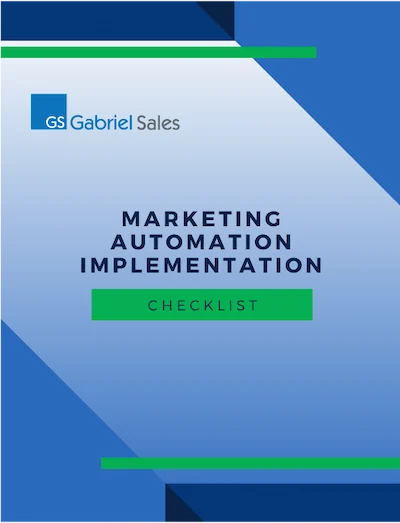 Every call is important, here are strategies and techniques to help secure those 2nd, 3rd, and 4th (and so on) phone calls with potential leads. Obviously a cold call is just the tip of the iceberg when interacting with a new prospect. A question that burns on every sales rep’s mind is: what should I do to get this lead to commit to another conversation?
Every call is important, here are strategies and techniques to help secure those 2nd, 3rd, and 4th (and so on) phone calls with potential leads. Obviously a cold call is just the tip of the iceberg when interacting with a new prospect. A question that burns on every sales rep’s mind is: what should I do to get this lead to commit to another conversation?
In a recent blog we recently, detailed 6 Questions to Ask All New Leads that will help you drive meaningful interactions with prospects, ultimately filling your pipe with better opportunities. In this blog, we will outline 10 B2B sales techniques and strategies that can be used along with those 6 questions to help successfully move opportunities through their buying process.
Once you have gained the actionable prospect information by asking those 6 questions, you need to get them to commit to another meeting. What’s the best approach to set next steps?
We have compiled a list of ten strategies and techniques to accomplish this. There is no single way to address this problem as every lead is unique. However, through direct questioning and technique, you can employ any number of these strategies to successfully move the conversation forward.
Identify what stage of the buying cycle the prospect is at and don’t try and force them to another stage. Give them the opportunity to get there by providing appropriate content.
This is crucial, and should be done for every lead that is not immediately disqualified on a cold call. If you try and set a business proposal meeting with a lead that is barely aware of the existence of a new field of technology, you will quickly find your way to a “no.” Help them along their buying process through your selling techniques and marketing content.
Be polite and professional first and foremost.
Always remain polite in the initial interactions with new prospects, but be wary of trying to create too significant of a relationship too early in the process. Many leads want to understand that you respect that their time is short, their phones are busy, and they want to be in control. To accomplish this, it is helpful to be short, succinct, and direct in your initial conversations, so that the expectation is set early in the opportunity.
Provide all of your contact information
You would think this is a no brainer but it is the standard in sales interactions today to successfully provide information for all means of contact: phone, email, website, etc.
Ask them if there is anyone else that would benefit from communicating with you and seeing your educational information
The more people you can connect with in an organization, the better. You want to get them talking about your solutions, sharing it with others who may be involved with the business process or buying process.
Ask them for a good time for a follow-up conversation
It’s amazing how easy it is to get a second meeting on the books just by simply asking for an available time to have it. If they say they don’t have time this week, ask them about next week. Don’t be so easily dismayed to hang up the phone without having a firm second conversation scheduled.
Ask them for their preferred way to communicate during your next conversation
Some people hate answering emails, others won’t answer their phones unless they are completely unpreoccupied. Give your prospects the opportunity to tell you the way they prefer to communicate.
Make sure you’ve got the right person
Many people will allow you to send them any and all information. Whether they are trying to find distractions from their own work, or if they’re just curious about the space, it is important not to waste valuable time on leads that have no impact on technology implementation, solution service decisions, or buying power.
Give them homework
This can be simple: “Visit our website when you have a moment, our URL is _________” Or, you can provide relevant content for them to digest. Maybe you have demonstration videos that buyers who are farther in their process would benefit from seeing. Whatever tool you use, asking your prospects to review content in between connections is crucial in staying relevant within their consideration set.
Always, always, always finish a conversation with next steps
The first ten suggestions are all directed at successfully accomplishing just this. A conversation without next steps planned gives the opportunity for your prospect to fall into someone else’s pipe before you’ve even successfully engaged them in yours. Time, mode of communication, and task to be completed by both parties – all three of these aspects are crucial in a successful next steps plan.
Know when to not push for a second contact, but rather circle back in a timely fashion.
Sometimes you catch a lead in a meeting, others simply hate cold calls. It is a useful talent to be able to discern when to just let the lead go, and give them another try without requiring anything from them, including listening to your extensive pitch. This should not be used except in extreme circumstances, as we believe every valid target prospect will be willing to engage with you if you provide them content that supports the stage of the buying cycle they are in.
The more techniques and strategies you can employ in your initial contact with a new prospect, the greater your success will be in filling your pipe with quality opportunities and moving more deals to closing.




